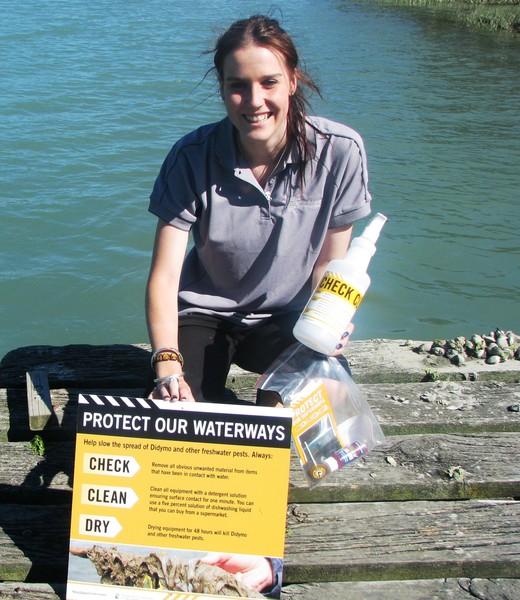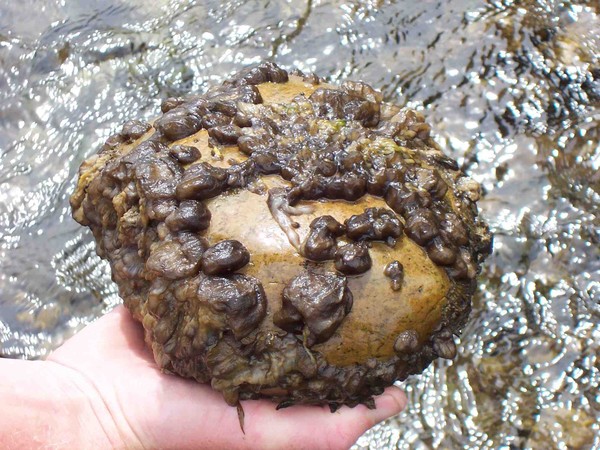Council committed to keeping didymo out of the Gisborne region


“The Gisborne District is free from Didymo (didymospenia geminate) and we need to keep it that way,” says Didymo Awareness Advocate Charlotte Tietjen. The invasive algae - commonly known as “rock snot” – have devastated many South Island rivers. “Thankfully it has not been found in the North Island yet as it could change the ecology of our regions’ fresh waterways. This affects native fish, trout, plants and insects. Didymo turns rivers brown and looks dreadful. It makes it unpleasant to swim in rivers, streams and lakes or use them for fishing and boating.
“During the summer I will be talking to people using our freshwater rivers, streams and lakes about the importance of checking equipment, cleaning it and drying it properly before leaving the water. This is a habit all of us now need to adopt for all freshwater activity. I will have information packs with me that show what Didymo could do to our region, what it looks like and what people should keep an eye out for.”
The job has been funded by MAF Biosecurity New Zealand and Charlotte will work jointly with Gisborne District Council, Hawke’s Bay Regional Council, the Department of Conservation, and Fish and Game New Zealand."
Didymo is a microscopic algae that favours cold, clear, shallow running water. It forms massive blooms on river, stream and lake beds. It attaches itself to the stream bed by stalks, and can form a thick brown layer that smothers rocks, submerged plants and other materials. It forms flowing 'rats tails' that can turn white at their ends and look similar to tissue paper.
“Gisborne District Council is committed to working with our partners to keep these algae out of our region. It is great to have Charlotte available for the summer because many of our fresh water users have never seen Didymo and wouldn’t know what to look for,” said Council District Conservator Trevor Freeman. “Because the algae are so small, the only way to control them is to ask every fresh water user to take responsibility. Gear needs to be checked for signs of it then cleaned with detergent or bleaching and dried thoroughly. This is especially important if you have returned from fishing or tramping in South Island rivers as the algae can hitchhike on clothing and equipment.”
Any suspected sightings of the algae in the Gisborne region should be reported to Council on 06 867 2049 or MAF Biosecurity New Zealand on 0800 809 966.